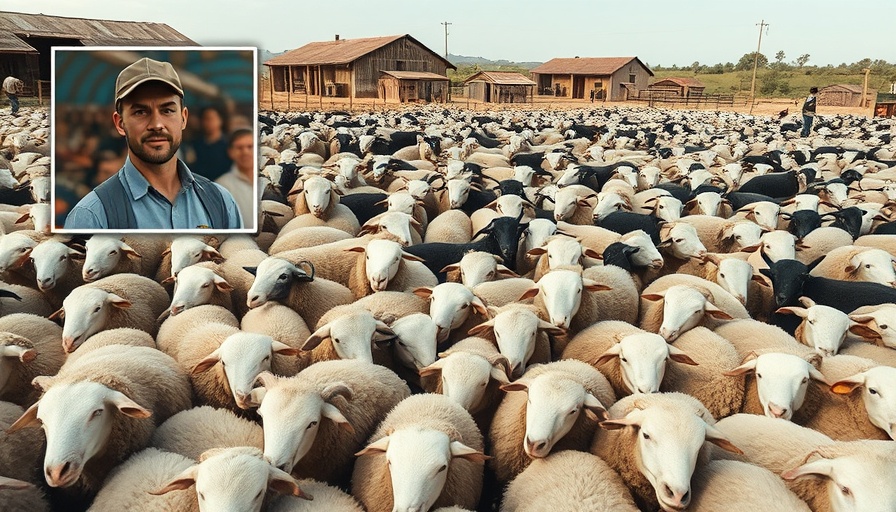
The Impact of Trump's Border Policies on Agriculture
In a significant move reflecting the complexities of immigration and labor in the United States, President Trump's crackdown on border policies has sent ripples throughout the agricultural sector. For farmers like those in Arizona, who rely heavily on migrant labor, these changes have initiated a profound reevaluation of how they cultivate crops and manage their workforce.
A Farmer's Dilemma: A Personal Narrative
An Arizona farmer, faced with the barriers imposed by stricter immigration regulations, is now actively seeking innovative labor solutions. This individual's plight is emblematic of a larger issue affecting agriculture nationwide—how to balance the needs of a labor-intensive industry with the realities of immigration policy. With the harvest season just around the corner, the pressure is mounting as fewer laborers make their way across the border, impacting productivity and, ultimately, the crop yields.
Understanding the Labor Shortage Crisis
This labor shortage isn't just abstract policy; it affects real people's livelihoods. According to the National Farmers Union, over 70% of farm workers in the U.S. are immigrants, highlighting the need for fair and sustainable labor solutions. As Arizona farmers grapple with increasing operational costs and declining labor supply, many are considering automation and other advanced technologies as a potential remedy for their workforce challenges.
Futuristic Solutions: Tech in Agriculture
Automation technology is a beacon of hope. Robots and AI-driven machines promise to alleviate some of the burdens caused by worker shortages. In essence, these advancements could usher in a new era for farming, allowing agribusinesses to maintain productivity amidst labor constraints. Still, these innovations come with their own set of challenges, primarily the initial investment and the need for training the existing workforce on new systems.
Broader Implications of Policy on Local Communities
It's crucial to understand that the ramifications of these policies extend beyond farms and fields. Communities that thrive on agriculture often face economic repercussions when labor shortages arise. Restaurants, food processors, and related businesses feel the impact, leading to heightened prices and scarcity of goods.
Counterarguments: Voices Supporting Stricter Policies
While many farmers advocate for looser restrictions, proponents of stricter immigration control argue that these measures aim to protect American jobs and increase wages for domestic workers. This perspective stresses the importance of creating a workforce that doesn’t depend on unstable immigration flows. Yet, many experts counter that the current labor model has been sustained by immigrant labor for decades, suggesting that a sharper approach could destabilize the whole industry.
Conclusion: Navigating Uncertain Waters
As the U.S. economy continues to evolve, so too must its policies surrounding labor and immigration. For Arizona farmers and their counterparts across the nation, proactive steps—embracing innovative labor solutions, advocating for comprehensive immigration reform, and utilizing technology—could provide pathways forward. The current climate presents challenges, but with creative thinking and collaboration, farmers can navigate their uncertain futures more effectively. Understanding these dynamics is critical not only for agricultural success but for the wider community dependent on these essential resources.
 Add Element
Add Element  Add Row
Add Row 



 Add Row
Add Row  Add
Add 


Write A Comment